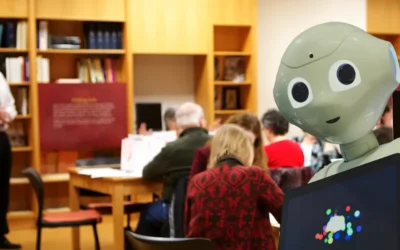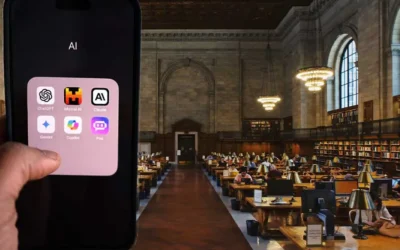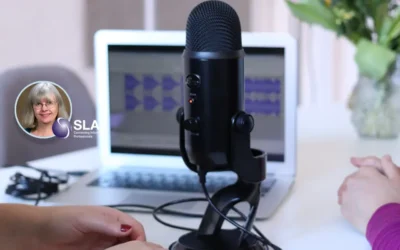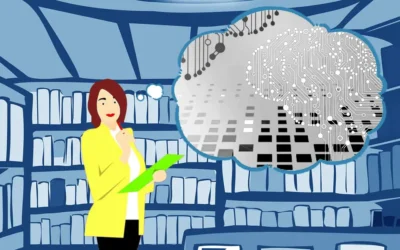Community and Asset Mapping for Special Librarians

Stephen Abram
Community Asset Mapping is a great tool for looking at your potential partnerships, markets, audiences, and more. While it is widely used in the public sector—public libraries, healthcare, social services, urban planning, etc.—it promises to be a potentially very strong tool for special librarians to ‘map’ their internal and external communities.
You’re all smart information professionals. I know you will make the cognitive leap to mapping units, departments, teams, and clients within your organization. It’s a simple matter—with thought and teamwork—to map the library’s clients into departments, business units, support structures and more.
Mapping has some key benefits:
- It provides a visual description of the assets and the relationships that exist and those that have potential between organizations, groups and people within the community.
- It reminds us that we’re part of a greater whole, a larger vision, and a bigger team.
- It segments your audiences/markets into niches that can be further developed using deep investigation methods to identify their unique needs and goals, in order to serve them most effectively.
- It separates value-added targets involved in direct client work and delivery (those who are tightly entwined with the organization’s mandate), from support departments who underpin their success (like IT, HR, marketing, and sales, etc.).
- It identifies those units with the strongest partnership potential, those in direct service delivery (R&D, client work, medical or legal pros, etc.), as well as those whose value is primarily political.
What is the definition of community mapping?
“Defined area. A community map highlights people, physical structures, organizations, and institutions that can be utilized to create a meaningful service project.
RATIONALE: Community mapping is an essential, yet often overlooked, step in the planning process for meaningful service learning” and development.
Source: https://www.learningtogive.org/sites/default/files/Community%20Mapping.pdf
What is the definition of asset mapping?
“Asset mapping provides information about the strengths and resources of a community and can help uncover solutions. Once community strengths and resources are inventoried and depicted in a map, you can more easily think about how to build on these assets to address community needs” and meet your goals.
Source: healthpolicy.ucla.edu/programs/health-data/trainings/Documents/tw_cba20.pdf
Here is a list of useful free resources if you wish to read more:
Free Resources:
Tamarack Institute: A Guide to Community Asset Mapping
This is one of those management exercises that only needs a few good minds and a whiteboard or flipchart. I’ve even done this on a napkin—where all good ideas begin!
The Mindset:
- Understand your organization. You have a published organization structure to start with and you have the additional knowledge of real network nodes—the network of power and communication in the organization. Remember, no one really believes the organizational chart! Some of the most interesting discussions arise from thinking about the informal networks represented by friendships, personal history, unspoken roles (gurus), as well as task force and committee membership. Who sits on the HR Committee, executive committee, planning and priorities committee, etc.?
- Think broadly. Don’t limit your thinking to just your office or organization. What are your organization’s partnerships? What are the powerful organizations in your sector’s sphere (associations, standards setting bodies, regulators, etc.)? Are you global, national, or local? Your map will reflect that.
- Lastly, use colour, highlights, and more to distinguish the filters you’re using. Are there power nodes? Are there influencer nodes? Are their partner nodes? Can you distinguish strong from weak linkages? Everyone’s map is different. The visual will cause insights to occur and often represents a re-framing of opportunities and priorities.
What does a community asset map look like?
And just to prove that a picture explains this better than text, here are some maps for inspiration. You can likely find many more for your sector in a Google Images search.

Source: http://projectmanagement.p21.org/toolkit-mapping/

Source: https://nvaha.org/housing-alexandria/
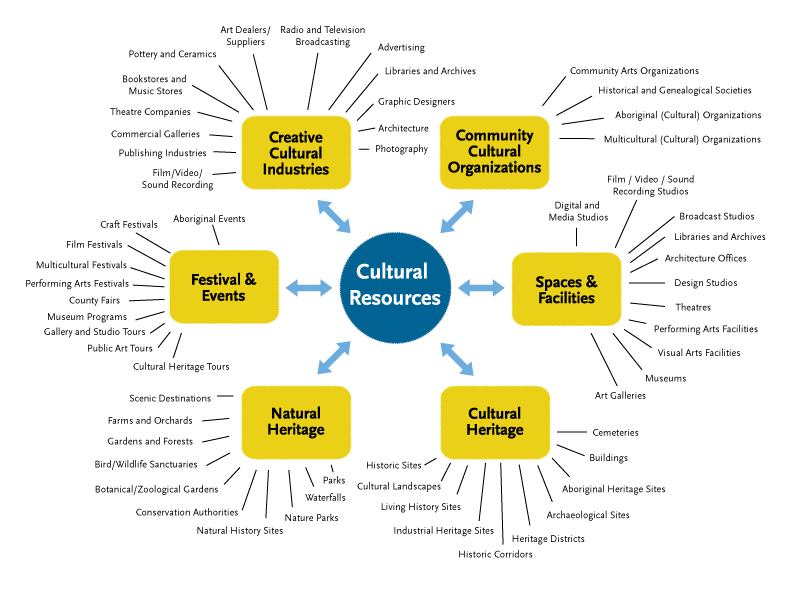
Source: http://nourishingontario.ca/swot-analysis-and-asset-gap-mapping/
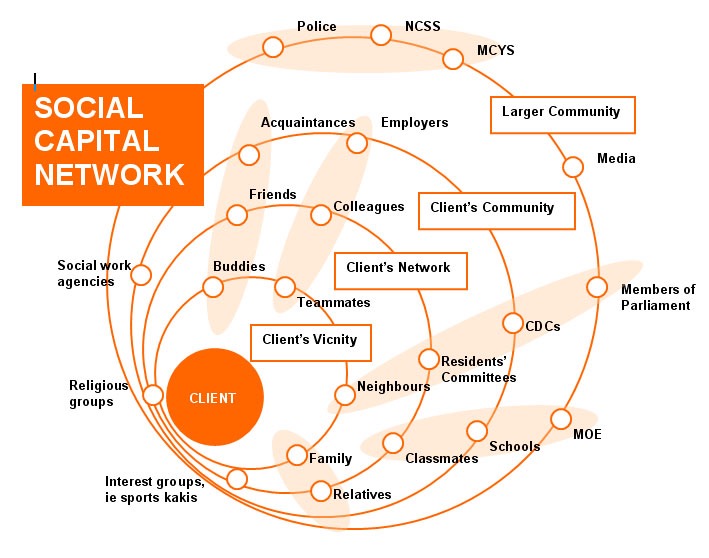
Source: https://theflyingu.wordpress.com/2010/07/24/social-capital-network/
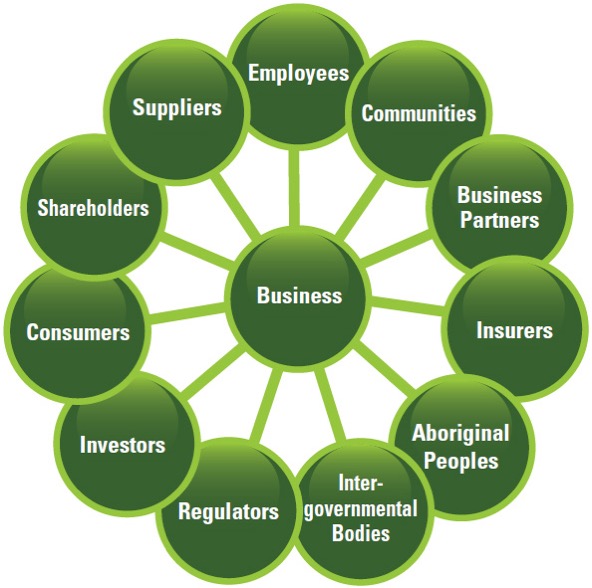
Give it a try and let me know how it goes!
Stephen

Stephen Abram
Similar Posts
Teaching about AI in the Workplace
Suggestions for special librarians from Claude on how to foster cross-generational AI learning communities in the workplace.
Keeping up with AI…
Resources for staying current on the quickly changing AI landscape from a library expert.
Interview with Lesley Farmer about SLA’s Information Outlook
Interview about the rebirth of SLA’s Information Outlook as a quarterly online publication with interview with Professor Lesley Farmer
Ways I Have Been Using Generative AI
Generative AI can be used in many ways as part of a typical workflow; examples and thoughts about what the future holds
